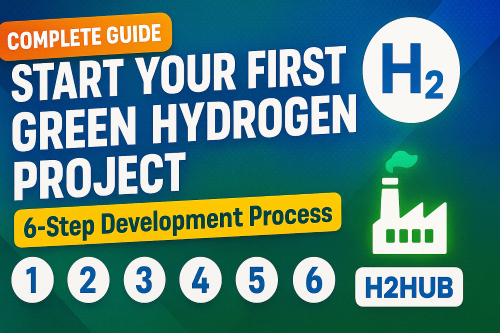Predicting Energy Consumption with Machine Learning: How It Works and Examples
- switchingtosolarpv
- Feb 16, 2023
- 2 min read
Introduction:
We live in a world where energy is becoming more precious than ever, making effective management and optimization of its consumption an absolute necessity. Machine learning has emerged as one promising solution to this problem; it’s capable of predicting future energy usage and optimizing how resources are being utilized. This post explains the process behind using machine learning for accurate forecasting by leveraging smart meters for data collection- all backed up with real life examples that showcase the potential success!
1: Energy Consumption Data Collection with Smart Meters
Smart meters revolutionize energy consumption tracking by collecting data in real-time and transmitting it to a centralized system. Through preprocessing such as cleaning, filling gaps for missing information, and standardizing the intervals of collection–energy usage can be measured with unprecedented accuracy!
2: Feature Selection and Engineering
Careful consideration and feature engineering are essential for successful energy consumption prediction. Factors like time of day, the weather, or other environmental/operational issues must be taken into account when selecting relevant features – transforming them to optimise machine learning algorithms’ performance is key!
3: Machine Learning Algorithms for Energy Consumption
When it comes to predicting energy consumption, machine learning algorithms like regression, decision trees and neural networks offer unique advantages. However, similarly to a toolbox full of various gadgets depending on the job at hand – each algorithm has its own set of strengths and weaknesses that must be taken into account for an optimal solution! Choosing wisely is key when evaluating which one will work best with your data and problem statement.
4: Model Training and Evaluation
Crafting a machine learning model is like honing an art. First, the data needs to be carefully divided into two categories: training and testing sets. The former serves as practice ground for the algorithm’s self-improvement through iteration while it’s performance on real world tasks can only be judged by how well it performs against unseen examples in the latter set – often measured with metrics such as mean squared error or mean absolute error. Constant fine tuning of this everlearning system ensures that its ability keeps evolving so results remain strong!
5: Energy Consumption Prediction and Optimization
After training and evaluation, a machine learning model can be used to forecast energy consumption with enhanced accuracy. This enables power consumers to adjust their usage for considerable savings in costs as well as identify areas of wasteful spending on electricity – allowing for the implementation of effective conservation strategies.
6: Examples of Successful Implementations
Honeywell’s Energy Manager leverages cutting-edge machine learning to drive down energy costs and maximize savings. This energizing solution has been implemented across a variety of large commercial buildings, consistently yielding impressive results in terms of cost reduction. Smart meter data is analyzed by powerful algorithms that provide actionable insights for turning energy expenditures into efficient investments!
Conclusion:
Harness the power of machine learning to reduce energy costs and boost efficiency! Companies like Honeywell are leading the charge by utilizing their Energy Manager solution, leveraging sophisticated data collection systems with smart meters and powerful models trained through machine learning. This revolutionizes how we track our energy usage, empowering us all in making more informed decisions on conservation measures that save money – simply put: it’s an investment worth exploring for any responsible consumer!



Comments